Injury Prevention In Golfers
As the weather gets warmer and the grass greener, the itch for golfers to begin their season inevitably grows stronger. Unfortunately, this excitement to start the season right where they left off the previous year can lead to injury for amateur golfers. The most common injuries seen in golfers include:
Shoulder
The shoulder complex is a complicated region of the body, trying to balance its large amount of mobility with stability. We rely heavily on the shoulder’s musculature to provide stability, especially when doing demanding tasks like swinging a golf club. 75 percent of shoulder injuries occur to the lead shoulder in golfers. It is crucial that golfers train the proper muscles before their season starts, to prevent injury.
Elbow
Most people assume a common elbow injury in golf would be “golfer’s elbow”, however the more prevalent injury is tennis elbow, otherwise known as lateral epicondylitis. It is normally seen on the lead elbow and can be caused by gripping the club too hard, changing the grip, or bending the elbow on the follow-through or take-away phase of the swing. Golfer’s elbow, or medial epicondylitis, will more often be seen on the trail elbow and is the result of “early casting of the club in the downswing” (Davies et al, 2010). Strengthening the forearms pre-season can help prevent both golfer’s and tennis elbow.
Wrist
Wrist injuries most often occur when the club contacts something before it hits the ball; for example, the ground, a tree root or the mat at the driving range. The club and the wrist both decelerate rapidly which, without proper training, can cause stress and injury to the wrist. Once injured, it is hard to continue playing as each swing will stress the wrist joints, therefore it is important to strengthen the wrist before injury occurs.
Low back
Low back pain accounts for 36 percent of injuries in amateur golfers. The golf swing incorporates high velocity end range rotation, with the spine in a flexed position, and this position puts golfers at higher risk for low back injury. Any hypomobility or hypermobility at any of the involved joints can result in compensations in the kinetic chain and, thus, lead to injury. Having good core and back strength, along with full lumbar spine mobility, can help prevent injury.
Hip
Fast rotation of the hips, pelvis and trunk is crucial for a proper swing. When strength or range of motion is lacking in the hip, the body makes compensations that can “stress muscles, ligaments, tendons and joints in the area” (Davies et al, 2010) and can result in pain. It becomes near impossible to have an efficient swing without proper hip rotation, without which, golfers risk further injury or even worse – a few extra strokes on the score card!
Golf is a wonderful low-intensity sport that can be played by all ages, however, the injury rate of 40% is a barrier for participation. “A major factor in the development of injury is the lack of sport-specific training and inadequate preparation prior to golfing” (Brandon et al, 2009). Having a proper stretching and strengthening program will help prevent injuries from occurring. At Corona Physiotherapy, we can provide you with a program so you can start your pre-season training, and assist you if you get injured during your season. Contact us to book an appointment!
References:
Davies, C., & DiSaia, V. (2010). Golf anatomy. Champaign, IL: Human Kinetics.
Brandon, B., & Pearce, P. (2009). Training to Prevent Golf Injury. Current Sports Medicine Reports, 8(3), 142-146.


